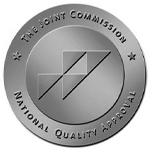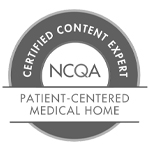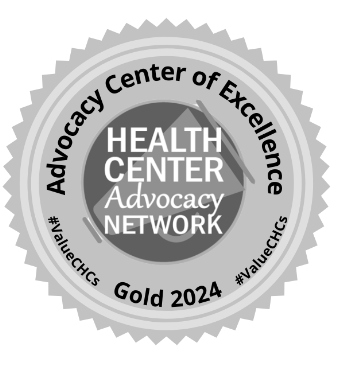Hand, foot and mouth disease is a common virus infection that is especially prevalent in children. Dr. Arnauld Oreste  of Keystone Pediatrics Waynesboro shares what you need to know about the virus and how you can protect yourself and your family.
of Keystone Pediatrics Waynesboro shares what you need to know about the virus and how you can protect yourself and your family.
What is hand, foot and mouth disease?
It is an illness that causes one of the most common rashes in children, but can also affect adults. It causes blister-like bumps in the mouth and rashes on the palms of hands and feet. It can also cause rashes on the diaper area, legs, arms, torso and face.
Who is most at risk?
Most cases occur in infants and children younger than seven years of age. It is contagious, and outbreaks can easily spread in places like daycares, schools and camps.
What are the symptoms?
In addition to the blisters, children who are able talk usually complain about mouth or throat pain, and younger children are often fussy and refuse to eat. A low-grade fever, stomach pain, diarrhea and vomiting can also occur. These symptoms should improve within seven to ten days.
How is it spread?
The virus is commonly spread through fecal contact, such as diaper-changing. It can also be spread through coughing or sneezing, close contact, sharing cups or eating utensils and touching infected surfaces. Children with blisters or rashes should not attend school or daycare as the virus can spread easily to others.
What are the treatments?
Since hand, foot and mouth disease is a viral infection, antibiotics are not helpful. Treatment involves managing the symptoms to make the patient as comfortable as possible. Fluid intake to prevent dehydration is important; frequently providing cool, iced fluids in small amounts is recommended. Acetaminophen or ibuprofen can help reduce fevers, and your doctor may also recommend ointments and mouth rinses or sprays to lessen discomfort. Although rare, hospitalization can also be necessary in some cases.
How can you protect yourself and your children from getting HFMD?
Proper hand washing by using soap and water for at least 15 seconds is very important. Disinfecting contaminated surfaces and avoiding close contact with infected people will also reduce your chances of getting the virus. Someone who has been infected can still spread the virus for one to two weeks after their symptoms have stopped.
This article contains general information only and should not be used as a substitute for professional diagnosis, treatment or care by a qualified health care provider




